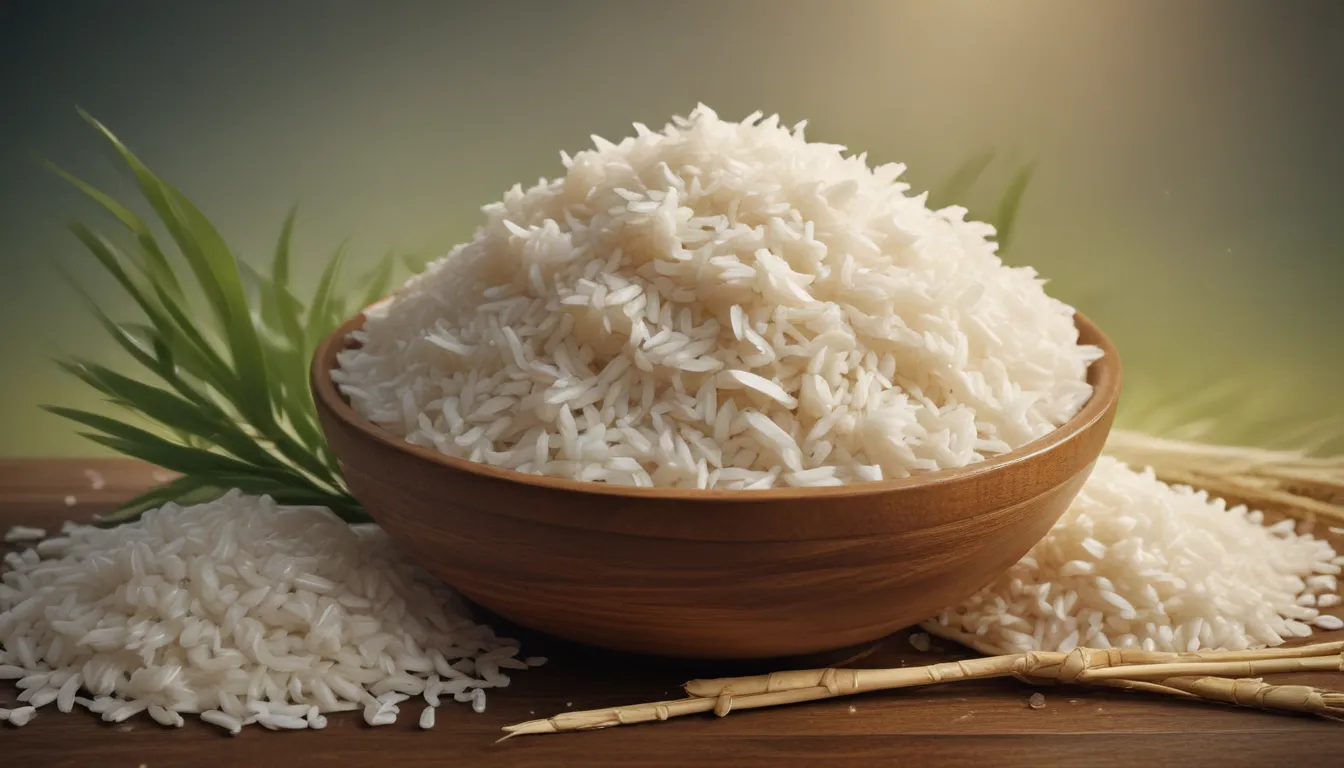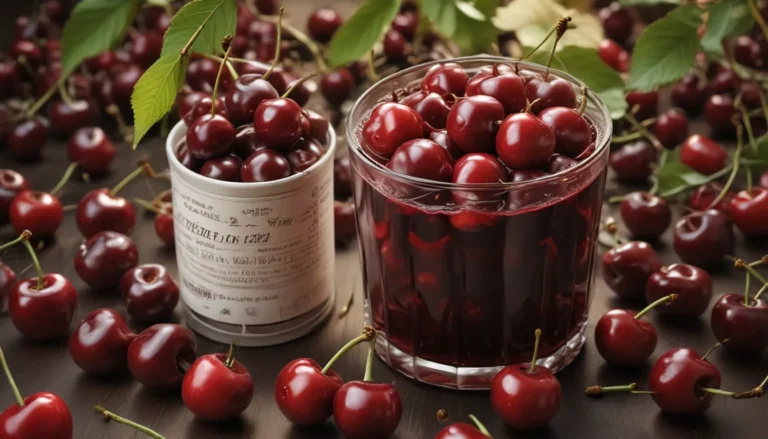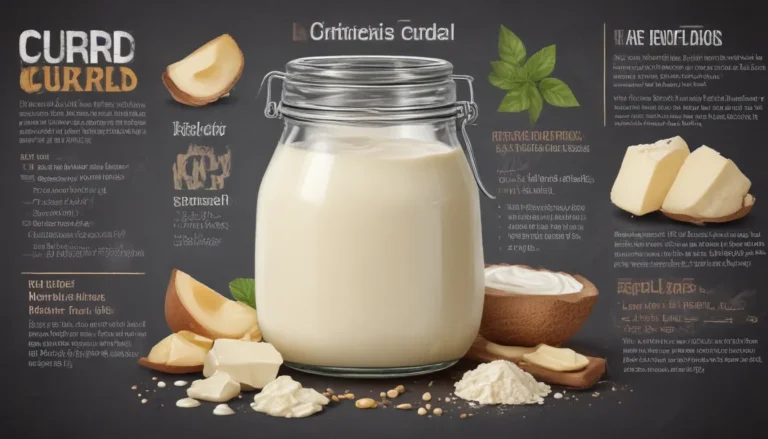The pictures in our articles might not always show exactly what the text is talking about. We use these images to make the article more interesting and eye-catching. They are there to add to the text, but not to replace it or show every detail.
White rice is more than just a kitchen staple; it's a versatile grain cherished by millions worldwide. Whether you're a die-hard rice lover or simply curious about this beloved food, there are some intriguing facts about white rice that might surprise you. Let's dive into the world of white rice and uncover 12 fascinating facts that shed light on its history, cultural significance, and nutritional value.
The Versatile Staple Food
White rice is a versatile staple food that fuels millions of people globally. Packed with dietary carbohydrates, it provides quick energy thanks to its high starch content.
The Most Consumed Grain
Surprisingly, white rice reigns as the most widely consumed grain worldwide, serving as a dietary mainstay for over half of the global population. Its popularity is attributed to its prolonged shelf life and affordability.
An Array of Varieties
From long-grain to medium-grain and short-grain, white rice comes in various forms, each with its distinctive characteristics. These different varieties cater to a myriad of cuisines.
The Nutrient Profile
Even though white rice undergoes a refining process that strips it of its outer layers, it still retains essential nutrients like carbohydrates, protein, and select B vitamins.
A Gluten-Free Gem
Given its natural gluten-free properties, white rice is a safe choice for individuals with gluten sensitivities or celiac disease. It stands in as a suitable substitute for gluten-containing grains like wheat, barley, and rye.
Digestion Made Easy
White rice's refined nature makes it easier to digest compared to other grains, making it a recommended bland food during digestive troubles or as part of the BRAT diet.
The Culinary Chameleon
White rice serves as a canvas for an array of dishes, from savory stir-fries to creamy rice puddings. Versatile in nature, it pairs effortlessly with various flavors and can be enhanced with herbs, spices, or sauces.
A Primary Source of Calories
In countries where rice is a dietary staple, it often takes center stage as the primary calorie source. Asian nations like China, India, and Japan notably rely on rice for sustenance.
The Ancient Art of Rice Cultivation
Rice cultivation boasts a storied history dating back thousands of years, playing a pivotal role in the rise of civilizations. Specific growing conditions, such as warm temperatures and flooded paddy fields, are essential for successful cultivation.
Rice in Cultural Traditions
Rice holds deep cultural significance across various societies, featuring prominently in traditional ceremonies, festivals, and rituals as a symbol of fertility, prosperity, and abundance.
Diverse Preparations, Endless Possibilities
White rice undergoes various preparation methods across cultures, whether steamed, boiled, fried, or incorporated into soups and salads, demonstrating its versatility.
The Global Love Affair Continues
With its widespread consumption, the global demand for white rice remains steadfastly high. Key export players like China, India, and Vietnam contribute significantly to the rice industry.
These 12 facts about white rice showcase its culinary, cultural, and nutritional importance. Celebrate the rich history, cultural traditions, and nourishing value that white rice brings to our tables each day.
An Invitation to Balanced Consumption
While white rice boasts several health benefits, including providing essential energy and aiding digestion, it's essential to practice moderation. Opting for whole grain alternatives can enhance the nutritional profile of your meals. Remember to monitor portion sizes and embrace a variety of grains for a well-rounded diet.
Frequently Asked Questions about White Rice
-
Is white rice healthy? White rice can be part of a healthy diet when consumed in moderation. It provides essential nutrients but is less nutritious than whole grain alternatives.
-
Can white rice cause weight gain? Portion control is crucial, as excessive white rice intake can contribute to a calorie surplus and potential weight gain.
-
Does white rice contain gluten? No, white rice is naturally gluten-free, making it suitable for individuals with gluten sensitivities or celiac disease.
-
Can white rice be part of a diabetic diet? Individuals with diabetes may opt for whole grain alternatives due to white rice's high glycemic index.
-
How should white rice be stored? Store white rice in an airtight container in a cool, dry place to preserve its quality.
-
Can white rice be reheated? Yes, store leftovers in the refrigerator promptly and reheat thoroughly to ensure safe consumption.
-
Is white rice suitable for a gluten-free diet? Absolutely, white rice is a gluten-free option that aligns with dietary restrictions.
-
What are healthier alternatives to white rice? Consider brown rice, quinoa, millet, and other whole grains for enhanced fiber content and nutrients.
-
Can white rice support a weight loss diet? Portion control is key when including white rice in a weight loss plan, pairing it with lean proteins and vegetables for balance.
-
Is white rice harmful to digestion? While generally well-tolerated, excessive white rice consumption lacking dietary fiber may lead to digestive issues like constipation. Incorporate fiber-rich foods for digestive health.
As we delve into the world of white rice, don't forget to explore brown rice, another gem in the world of grains. The nutritional journey continues with diverse options awaiting health-conscious individuals. Enjoy the culinary adventure!






